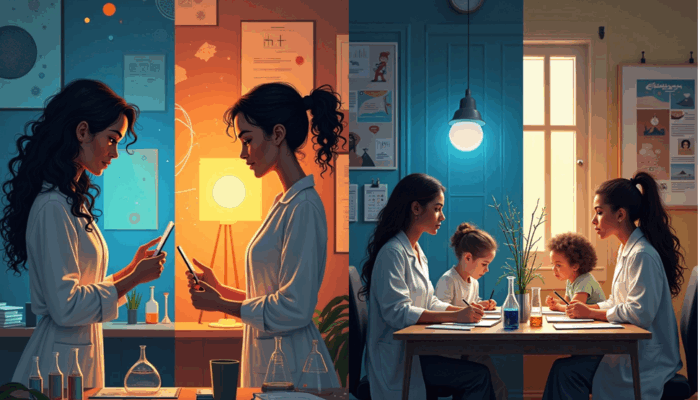In this week’s blog post, Dr. Katherine Villavicencio (University of Pisa) explores how women in STEAM navigate pregnancy and family life while advancing in their careers and examines the support (or lack thereof) provided by academic and research institutions. Science, Technology, Engineering, Arts, and Mathematics (STEAM) careers are undoubtedly demanding. For women in these fields, juggling the ...[Read More]
Iris van Zelst – GD Outstanding ECS Award 2025

The 2025 Outstanding Early Career Scientist Award of the Geodynamics Division was awarded to Iris van Zelst in recognition of her outstanding ability to connect research fields including earthquake dynamics, planetary sciences and geodynamics, along with her profound engagement with science outreach and promotion of diverse and inclusive working enviroments. In this interview, Iris -also former EG ...[Read More]
Neil Ribe – Augustus Love Medallist 2025
The 2025 Augustus Love Medal of the Geodynamics Division was awarded to Neil Ribe in recognition of his outstanding and fundamental contributions to a wide range of problems in geodynamics using rigorous mathematical approaches. In this interview, he talks about his research and how he got involved in geodynamics, while also sharing his thoughts on what the future might hold for the discipline. Ne ...[Read More]
Into the world of Girls into Geoscience: inspiring the future generation of female geoscientists

“Girls into Geoscience” is a UK-based outreach initiative aiming at encouraging female (and female identifying and non-binary) to pursue a career in Geosciences. I had the pleasure to interview the founders of this initiative, Prof. Sarah Boulton and Dr. Jodie Fisher, and discuss about their experiences, how the landscape of student recruitment has changed over the years and the challe ...[Read More]


